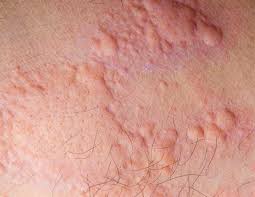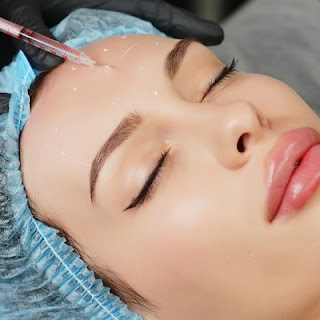Exploring Alternative Hive Treatments: Thinking Beyond Traditional Methods
Introduction
In recent years, beekeepers and scientists have been increasingly exploring alternative hive treatments that go beyond traditional methods. With the growing concerns over the decline of bee populations and the devastating effects of pests and diseases, it has become crucial to seek innovative and sustainable approaches to hive treatment. This blog post delves into the realm of alternative hive treatments, discussing their significance, benefits, and potential for revolutionizing beekeeping practices.
1. The Need for Alternative Hive Treatments
Traditional hive treatments often involve the use of chemical pesticides and antibiotics, which can have unintended consequences for both bees and the environment. Additionally, the emergence of pesticide-resistant pests, such as the notorious Varroa mite, has rendered conventional treatments less effective. Alternative hive treatments offer a promising avenue for addressing these challenges while prioritizing the health and well-being of bees.
2. Natural Remedies and Holistic Approaches
One of the key aspects of alternative hive treatments is the utilization of natural remedies and holistic approaches. This includes methods such as essential oils, organic acids, and plant extracts that possess antimicrobial and pest-repellent properties. For example, thyme oil has shown potential in combating Varroa mites, while formic acid has demonstrated efficacy against tracheal mites. These natural alternatives provide beekeepers with effective treatment options that minimize the negative impacts on bee health and hive ecosystems.
3. Probiotics and Hive Microbiome
Understanding the importance of the hive microbiome has led to the exploration of probiotics as a novel hive treatment approach. Probiotics, beneficial bacteria, and yeasts, can support honeybee immune systems and inhibit the growth of harmful pathogens. By introducing probiotics into the hive, beekeepers can promote a healthy microbial balance, thereby reducing the prevalence of diseases and enhancing bee resilience. Research in this field holds great promise for revolutionizing hive treatment practices.
4. Breeding Resistant Bee Strains
Another alternative hive treatment strategy involves breeding honeybee strains that exhibit natural resistance to pests and diseases. Through selective breeding programs, beekeepers aim to develop bees with traits such as grooming behavior, hygienic behavior, and varroa-sensitive hygiene. These genetic traits enable the bees to naturally manage and combat pests, reducing the reliance on chemical treatments. Breeding programs offer a long-term solution that supports the development of more resilient bee populations.
5. Integrated Pest Management (IPM)
Integrated Pest Management (IPM) is an approach that combines various strategies to control pests and diseases while minimizing chemical inputs. IPM emphasizes proactive measures, such as regular monitoring, hive inspections, and cultural practices, to prevent and manage infestations. By adopting IPM techniques, beekeepers can reduce the reliance on chemical treatments and promote a more sustainable and environmentally friendly approach to hive health management.
6. Technology and Monitoring Systems
The advancement of technology has opened up new possibilities for alternative hive treatments. Beekeepers now have access to sophisticated monitoring systems that allow them to remotely track hive conditions, including temperature, humidity, and pest infestations. These systems provide real-time data, enabling early detection of issues and prompt intervention. Additionally, emerging technologies like artificial intelligence (AI) and machine learning are being explored to analyze hive data and develop predictive models for disease management.
Conclusion
As beekeepers face the challenges of declining bee populations, pests, and diseases, alternative hive treatments offer a ray of hope. By thinking beyond traditional methods, exploring natural remedies, harnessing the power of the hive microbiome, and utilizing advanced technologies, beekeepers can promote sustainable and effective hive treatment practices. The shift towards alternative treatments not only benefits the bees but also contributes to the preservation of ecosystems and the vital role that bees play in pollination. Embracing innovation and exploring




Comments
Post a Comment